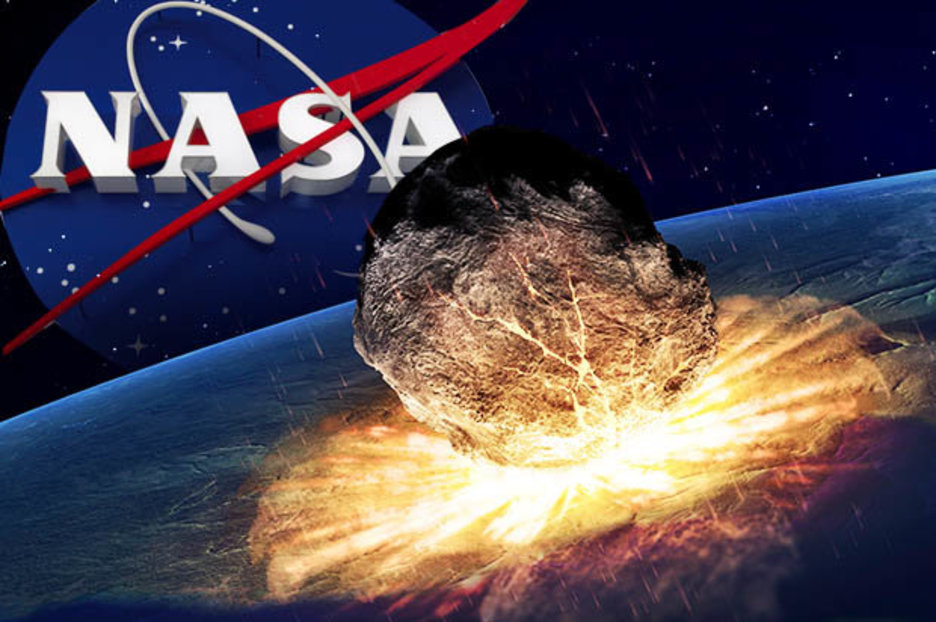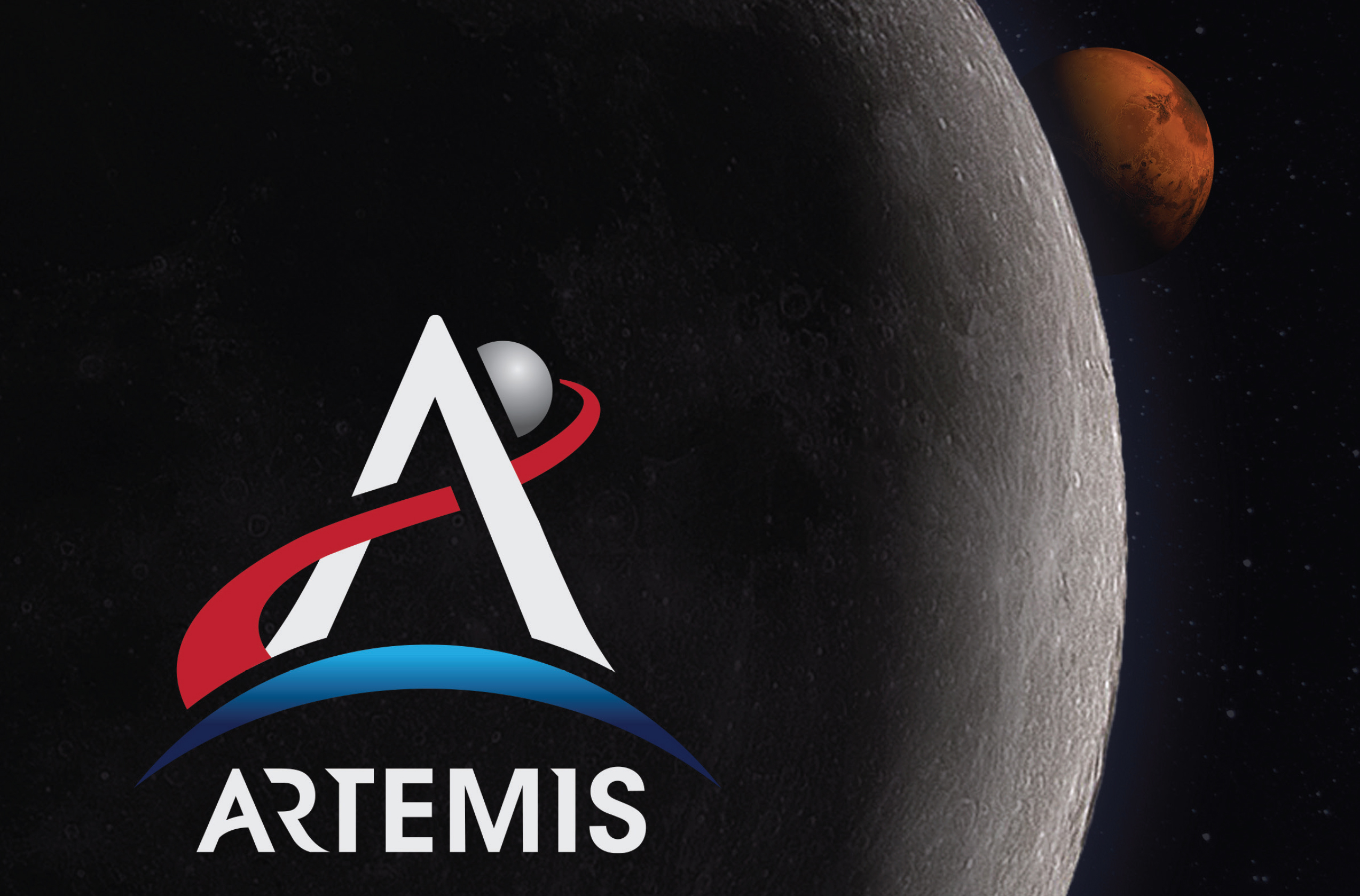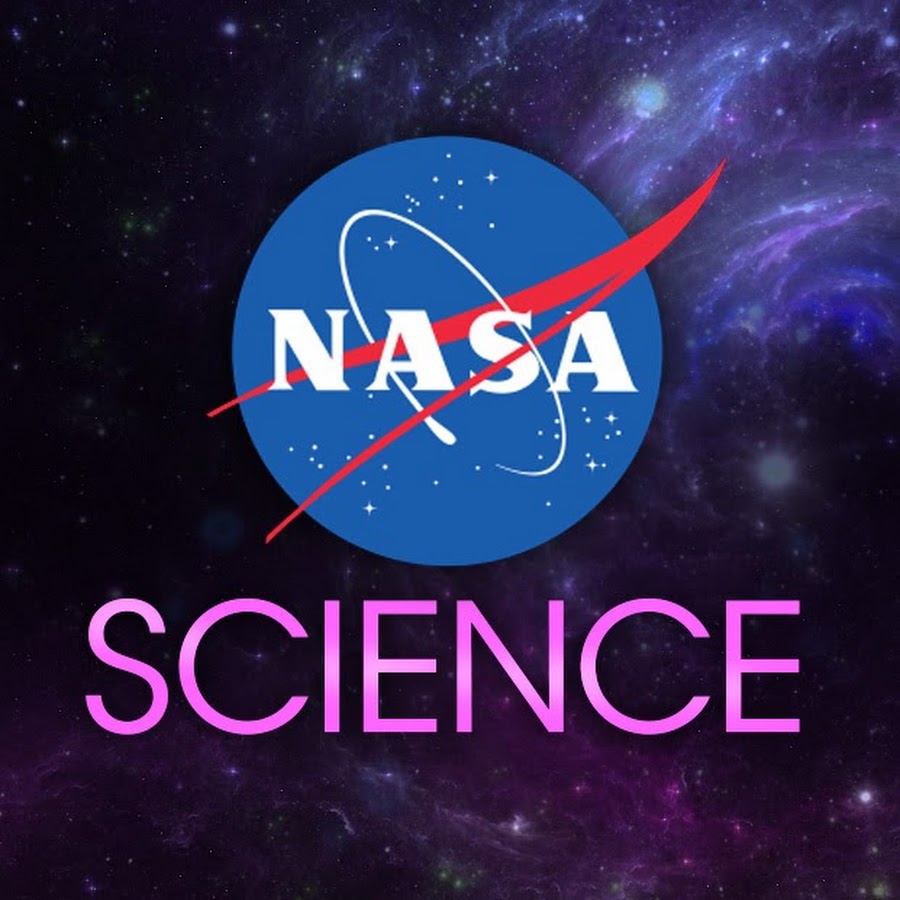| In this week’s newsletter, we prepare for the launch of Intuitive Machines’ first lunar lander to the Moon’s surface, hear Victor Glover’s journey as a Black NASA astronaut, and celebrate the next generation of Artemis astronaut candidates. Plus, stories you may have missed. |
 |
| Delivering Science to the Moon As part of NASA’s Commercial Lunar Payload Services initiative and Artemis campaign, SpaceX is targeting no earlier than Wednesday, Feb. 14, for the launch of Intuitive Machines’ first lunar lander to the Moon’s surface. Intuitive Machines’ Nova-C lander is expected to land on the Moon on Thursday, Feb. 22. Among the items on its lander, the mission will carry NASA science and technology instruments focusing on plume-surface interactions, space weather/lunar surface interactions, radio astronomy, precision landing technologies, and a communication and navigation node for future autonomous navigation technologies. LAUNCH COVERAGE |

| In Search of Ice NASA’s lunar rover, the Volatiles Investigating Polar Exploration Rover, or VIPER, will explore the extreme environment of the Moon in search of ice and other potential resources. The critical information it provides will teach us about the origin and distribution of water on the Moon. LEARN MORE |

| Robotic Lunar Exploration The Commercial Lunar Payload Services (CLPS) initiative allows NASA to send science investigations and technology to the lunar surface. Under Artemis, NASA will study more of the Moon than ever before, and CLPS will demonstrate how the agency is working with commercial companies to achieve robotic lunar exploration. LEARN MORE |

| NASA+ Victor Glover will be the first Black astronaut to travel around the Moon for NASA’s Artemis II mission. Victor’s journey offers inspiration to a new generation, reflecting a legacy of resilience and tenacity—the power of representation and the strength of family. WATCH |
| |

| NASA Podcast Intuitive Machines’ chief technology officer, Tim Crain, and NASA project scientist for IM-1, Susan Lederer, discuss the science and operations behind the mission ahead of its journey to land on the Moon’s surface. LISTEN |

The Next Generation of Artemis Astronaut Candidates Set to Graduate
After completing more than two years of basic training, the next generation of Artemis astronaut candidates will earn their wings and become eligible for spaceflight, including assignments to the International Space Station, future commercial destinations, missions to the Moon, and eventually, missions to Mars.
The 2021 class includes 10 NASA candidates as well as two United Arab Emirates candidates from the Mohammed Bin Rashid Space Center who have been training alongside the NASA candidates.
The ceremony will stream live on NASA+ on Tuesday, March 5, at 10:30 a.m. EST.
WATCH

For Your Processing Pleasure: The Sharpest Pictures of Jupiter’s Volcanic Moon Io in a Generation

NASA’s Roman to Use Rare Events to Calculate Expansion Rate of Universe

NASA to Demonstrate Autonomous Navigation System on Moon

Gamma-ray Bursts: Harvesting Knowledge From the Universe’s Most Powerful Explosions
 |
| From the Archives |
| Astronaut Bruce McCandless II approaches his maximum distance from the Earth-orbiting Space Shuttle Challenger in this photo taken 40 years ago on February 7, 1984. While testing out the nitrogen-propelled, hand-controlled back-pack device called the Manned Maneuvering Unit (MMU) for the first time, McCandless’s crewmate Robert “Hoot” Gibson aboard Challenger photographed him. The MMU allowed astronauts to move outside of the cargo bay and perform activities away from the safety of the spacecraft. “It may have been one small step for Neil,” McCandless proclaimed, “but it’s a heck of a big leap for me. EXPLORE STS-41B PHOTOS |
NOTE: NASA Publication. Reformatted to fit this screen.
Thank you for taking the time to read my review. If your inclined or have some spare change you’d like to donate, you may do that here.




This is welcome news!
I really liked your blog. I started following him.
I hope you also follow mine and so we grow together.
A cordial greeting